Te Ipukarea Society: Filling knowledge gaps on rare seabirds in the Cook Islands
Saturday 5 April 2025 | Written by Te Ipukarea Society | Published in Editorials, Opinion

Recent seabird surveys confirm the breeding status of three petrels and shearwaters on Rarotonga including the IUCN Near Threatened Tahiti petrel. TIS/25040401
Petrels and shearwaters make up a unique group of seabirds. Their beaks have a distinctive “tubenose” which is used for filtering salt out of salt water and marine prey, allowing them to thrive in the open ocean.
This sets them apart from the other seabirds Cook Islanders are more familiar with like the long, hooked beak of the Kōta’a Frigate bird (Fregata minor) and the sharp pointy beak of the Tavake Red tailed tropicbird (Phaethon rubricauda).
Most petrels and shearwaters spend the majority of the day feeding out at sea, and so are more active on land at night when they come ashore to their breeding colonies to court or nest. This preference for fishing during the day connects our fishermen to many of these species, allowing them to locate schools of fish by the swirling and diving flocks of foraging seabirds.
Because many of these species spend their time far out to sea and come in to remote breeding colonies high in the mountains, they are poorly understood or seen. However, they bring great value to our land and reef through their nutritional fishy poop (known as guano). This guano is rich in marine nutrients and helps to feed our native flora in the mountains, thus stabilising our watersheds. As these nutrients make their way back down to the sea, they nourish our atolls and surrounding coral reef ecosystems.
In an attempt to better understand what species of petrel and shearwaters are currently breeding in the Cook Islands, a two-year monitoring programme commenced last week with key local project partners including land owners, Muri Environment Care, National Environment Service, Te Ipukarea Society and seabird ecologist and expert Dr André Raine from Archipelago Research and Conservation (ARC) based on Kaua'i, Hawai'i.
The seabird monitoring mission required daily hikes up prominent mountains on Rarotonga over seven days. Mountains surveyed included Ikurangi, Te Manga, Raemaru, Maunga Roa, Te Ko’u, Maungatea and Te Rua Manga. Potential nesting areas from mountainous fern sites to cliff facing edges were identified as key monitoring sites where song meters were deployed. These pieces of equipment are programmed to ‘listen’ for petrel and shearwater calls during the day and night, allowing us to identify the species that are present in each area. Trail-like features created by seabirds along the ridgeline and potential nesting burrows resulted in motion sensor cameras being set to get visuals of any seabird nesting activity, as well as the presence of non-native predators such as cats, rats and dogs.
Key findings from the first week’s survey included positively identifying Herald Petrels Kōputu (Pterodroma heraldica) at multiple sites. These petrels are unusual in that they fly over their colonies during the day, and were seen over the mountain ridgelines of Te Manga, Ikurangi and Maungatea. Night surveys identified hotspots of activity for the Tropical shearwater (Puffinus dichrous) based on hearing its distinctive ‘crying baby’ call, and the Tahiti petrel (Pseudobulweria rostrata) based on its varied shrieks and whistles. A burrow for the Tahiti petrel was also found within the Takuvaine Valley area, which is particularly exciting as it is listed as ‘Near Threatened’ by the International Union for the Conservation of Nature. The data that was collected over this first week has therefore already provided important data on the breeding status of three petrel and shearwater species in Rarotonga.
Steps from here include a knowledge sharing community session for those interested in hearing more about the project and learning from the community about their observations and records of petrel and shearwater sightings.
This project has been further supported by a number of regional partners including Island Conservation, whose Pacific project manager, Richard Griffiths, shared “What we learn in the Cooks we can also apply elsewhere, so we expect this project to have benefits that extend across the region”.
The Secretariat of the Pacific Regional Environment Programme (SPREP) threatened and migratory species advisor Karen Baird reinforced the importance of such surveys, particularly given “seabirds continue to decline from a range of threats”.
“It is increasingly important to find out what species still remain and where they are so that communities have a chance to protect them, including their cultural connections,” Baird said.
BirdLife Pacific regional director Margaret West emphasised the importance of seabird restoration work as it “enhances ecosystem resilience, supports carbon sinks, maintains coral reef health and strengthens Pacific peoples’ cultural ties to the ocean”.
Dr André Raine from Archipelago Research and Conservation (ARC) said: “Having spent the last week working with all the amazing, dedicated project partners and landowners in Rarotonga has left me in no doubt that this project is going to lead to exciting future conservation efforts for these imperiled seabirds!”
The two-year monitoring project will include surveys on Mangaia and Atiu where there are historical records of species such as the Tropical shearwater (Puffinus dichrous) and Black-winged petrel (P. nigripennis). Community engagement strategies and addressing how threats can be managed will also be highlighted through a ‘Threatened Seabird Action Plan’.
Meitaki maata (thank you) to the National Fish and Wildlife Foundation for funding the opportunity to upskill local personnel in seabird surveying as well as filling knowledge gaps on the distribution and breeding status for those petrel and shearwater species found in the Cook Islands.









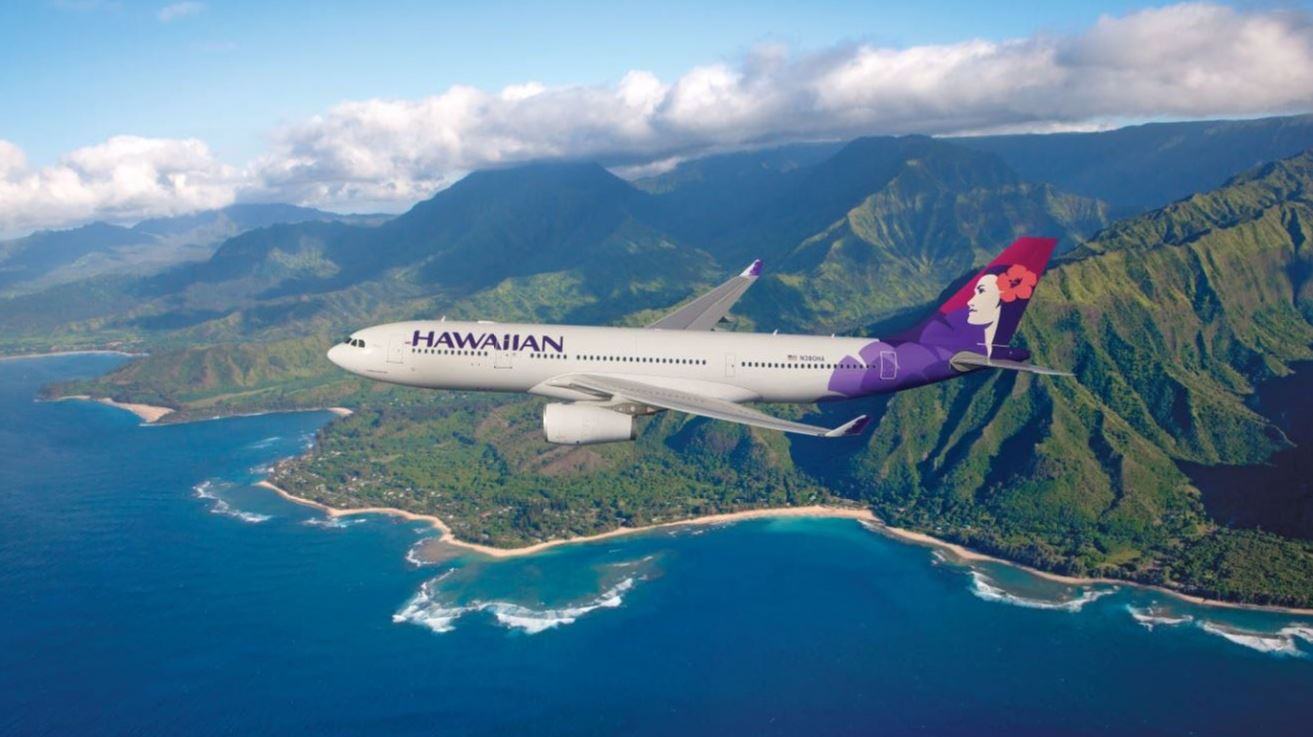




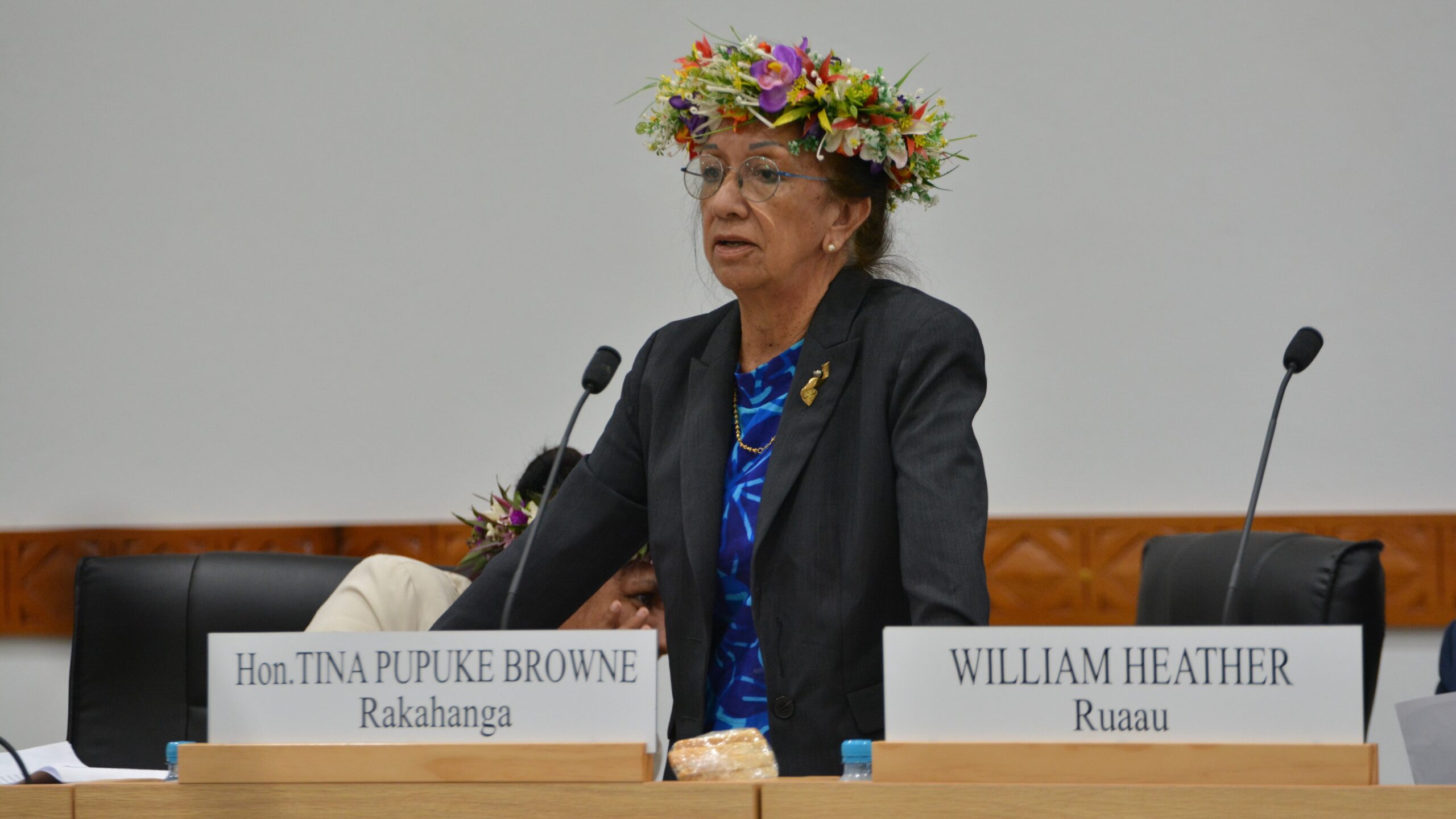
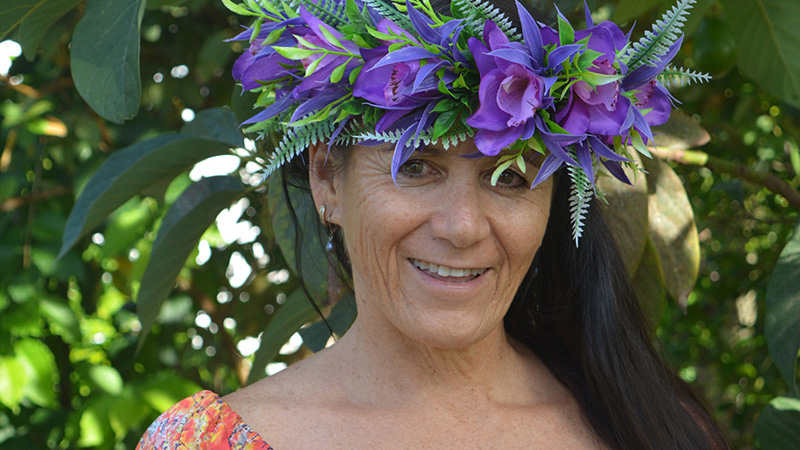
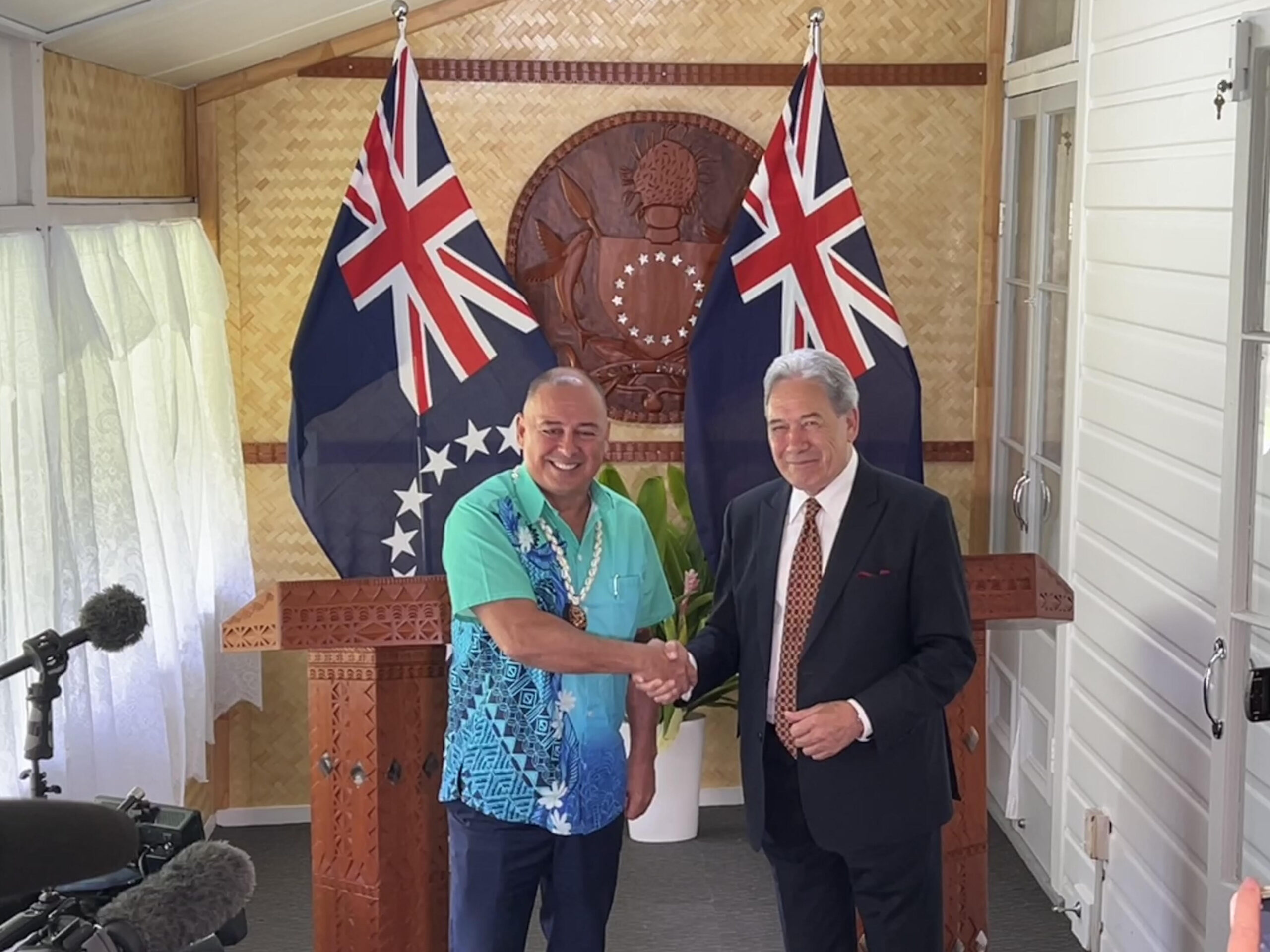





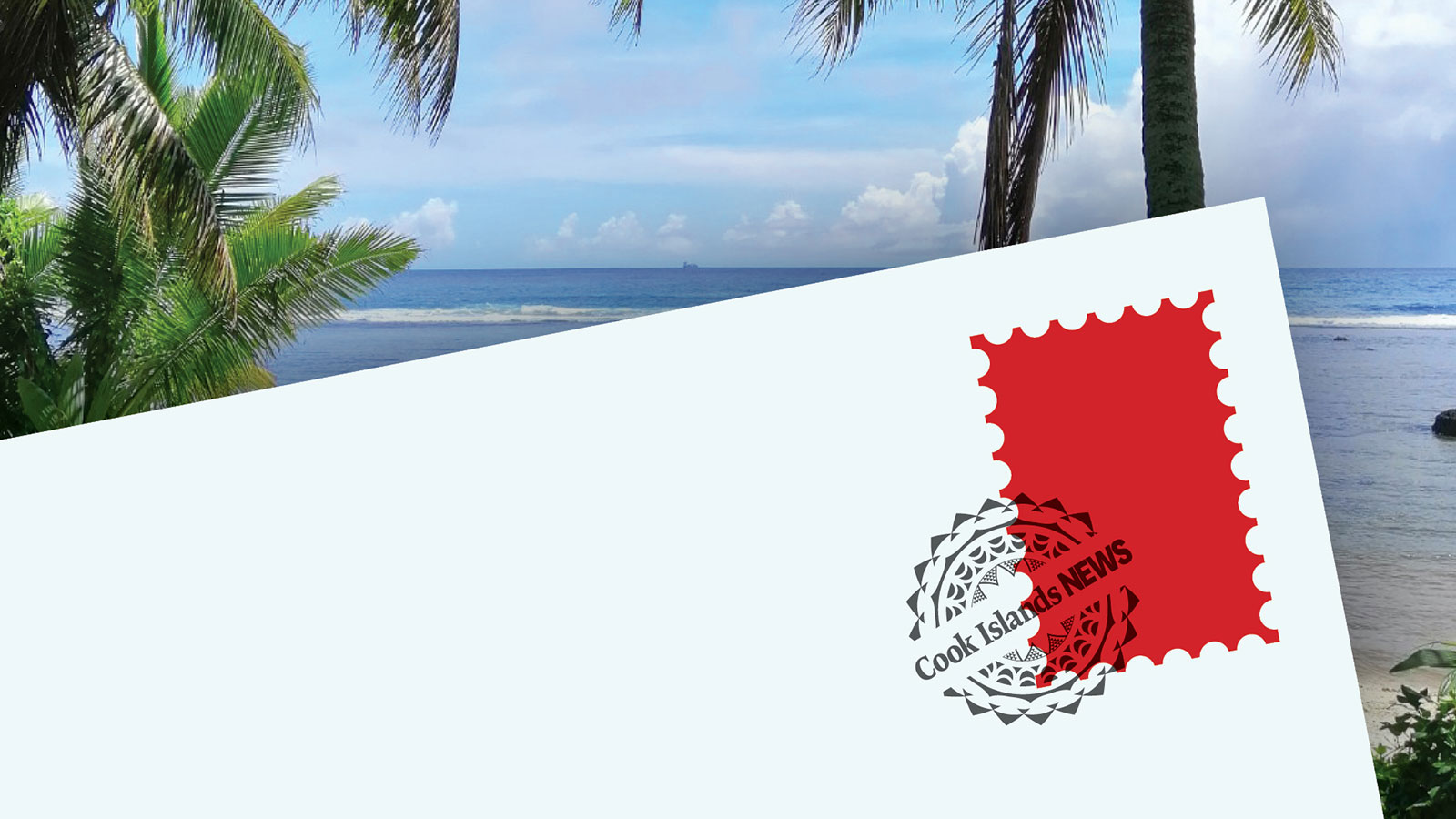






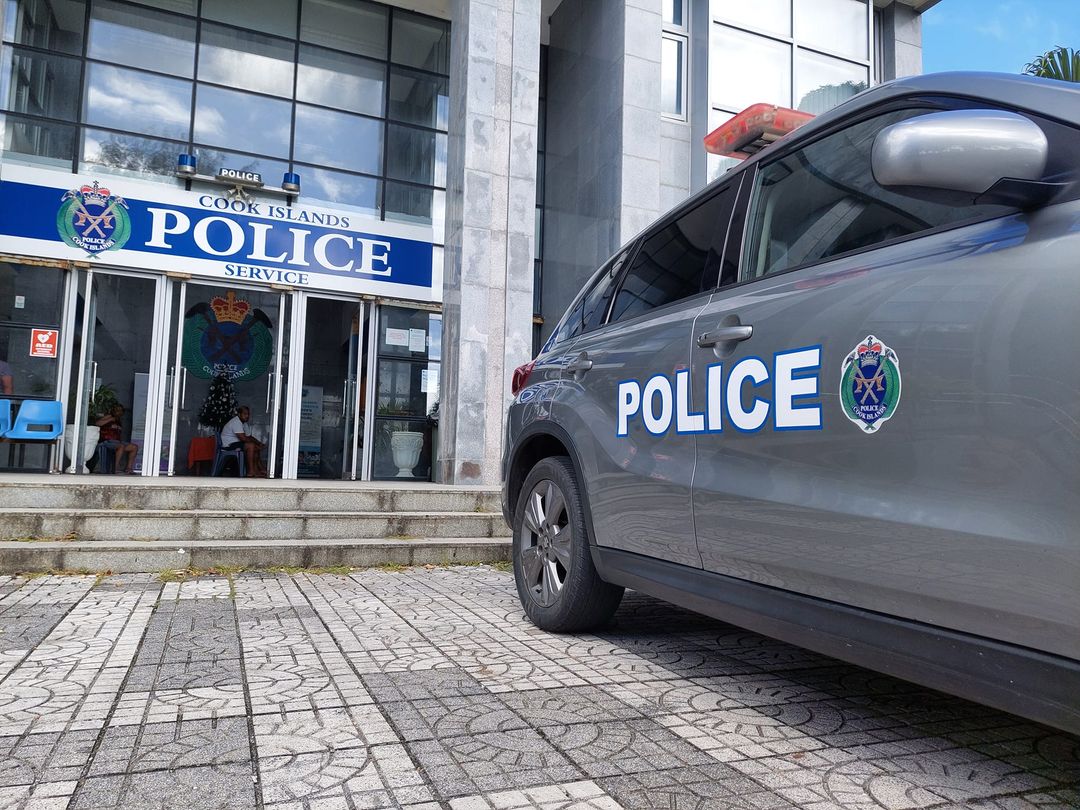





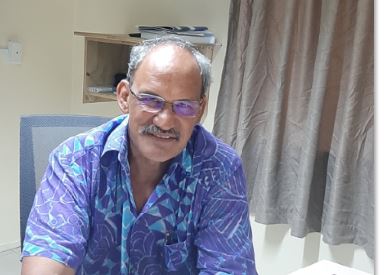





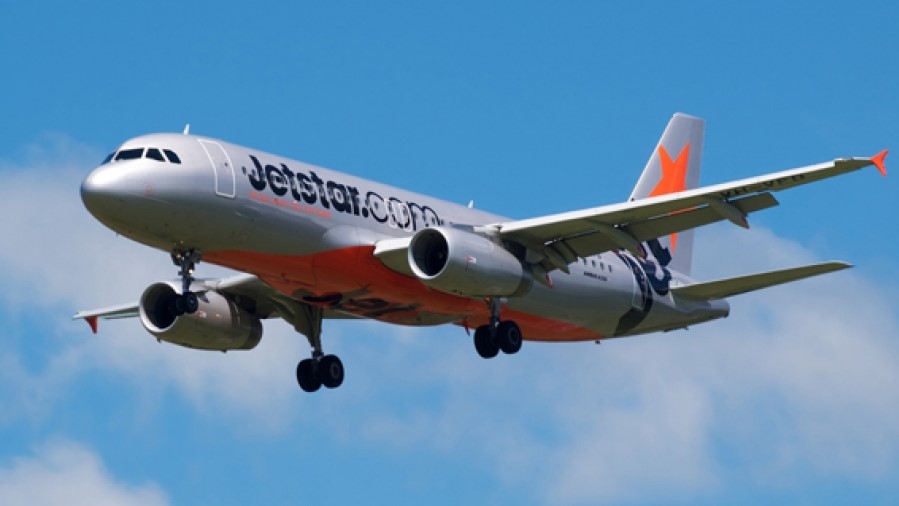






Comments